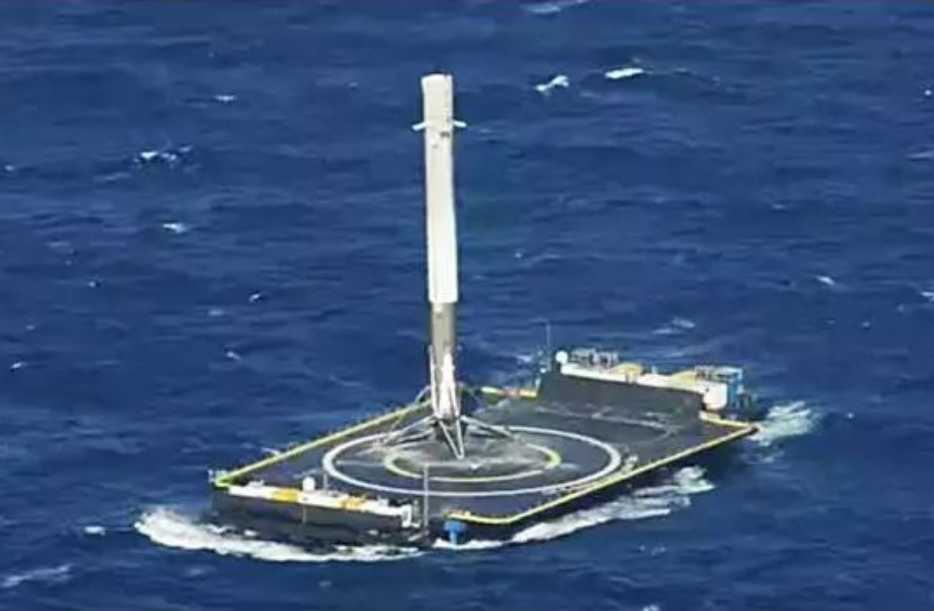The space industry is entering a phase of growth unparalleled since the 1960s. Emerging technologies—including robotics, advanced propulsion systems, lightweight materials, additive manufacturing, and component miniaturization—are driving down the cost of sending humans and cargo into space, unlocking new opportunities for space exploration.
The space industry is entering a phase of growth unparalleled since the 1960s. Emerging technologies—including robotics, advanced propulsion systems, lightweight materials, additive manufacturing, and component miniaturization—are driving down the cost of sending humans and cargo into space, unlocking new opportunities for space exploration.
Source: Images from the Internet, if there is any infringement, please contact the removal of
Newcomers to the space sector such as SpaceX, Arianespace, and Blue Origin have introduced disruptive innovations like reusable rockets, reshaping the industry’s landscape.
Over the next 30 years, technological advancements will enable humans to return to the Moon. Beyond that, even more ambitious endeavors could take shape: crewed missions to Mars, and novel space-based industries such as mining minerals from asteroids. While exploring and even colonizing space has long been a human dream, the growing demand for space infrastructure may escalate conflicts on Earth. As more nations rely on space-based assets, control over space could become a new flashpoint. Space-based weapons are no longer implausible, and anti-satellite capabilities will likely become part of future warfare.




